30 Apr May 2023 Yellowbill

Editor’s Note
The Yellowbill is published monthly except in June, July and August. It is edited by Robert Snow (rsnow@fresnoaudubon.org) except for the Member Photos section, which is edited by Clayton Dahlen (mc_dahlen@yahoo.com). Archived issues are available at https://fresnoaudubon.org/the-yellowbill/.
President’s Message
Greetings, FAS members and friends. I hope this message finds you well and that you are enjoying the beautiful spring weather and the spectacular wildflower blooms.
Spring migration is in full swing and so many of the beautiful, colorful (and some of the not so colorful!) migrants that we know and love are back for the nesting season! To make the most of this wonderful season, Fresno Audubon has many exciting events that you can take part in!
Here is what we have scheduled for May 2023:
- Wednesday, May 10 ⏤ Birding at Lost Lake Park is CANCELED due to high water
- Saturday, May 13 ⏤ Birding at Roeding Park, 8:00 AM – 12:00 PM
- Saturday, May 20 ⏤ Introduction to Birding class at Sumner Peck Ranch, 9:00 AM – 12:00 PM
- Wednesday, May 24 ⏤ Elkhorn Slough, 10:00 AM – 4:00 PM (this trip is sold out, but there is a waitlist)
We also have some exciting trips scheduled for June, which are listed below:
- Saturday, June 10 ⏤ Shaver Lake/Swanson Meadow, time TBA
- Wednesday, June 14 ⏤ Goat Meadow/Fish Camp, time TBA
After the June field trips, we will go on a hiatus for the summer and resume meetings and field trips in September.
Anyone interested in these and other upcoming events can check out the FAS event calendar for more information and links to registration: https://fresnoaudubon.org/event-calendar/
We would like to remind everyone of the current requirements for attending FAS in-person field trips and classes. We are no longer requiring that participants be fully vaccinated. Masks are now optional for all FAS outdoor events. We still require that participants must not be exhibiting any symptoms of Covid-19. Registration is still REQUIRED for all in-person field trips, and participants must register individually. We appreciate your understanding and cooperation.
Spring Raptorthon took place on Saturday, April 8. The CenCal TanagerHawks birded from 6:30 AM until approximately 6:00 PM. It was a long, but very exciting and productive day. Between the six locations visited, we tallied 89 species, 10 of which were raptors! Some of the highlights of the day included a singing Bewick’s Wren (which was the first bird of the day), three Hooded Orioles, two Greater White-fronted Geese, at least a dozen Phainopepla, first-of-the-year Black-headed Grosbeak and Ash-throated Flycatchers, calling Lawrence’s Goldfinches, nesting American Kestrels and Cooper’s Hawks, dark and light morph Swainson’s Hawks, Bald and Golden Eagles, Osprey, and an active Red-tailed Hawk nest with an adult delivering food to young. Here is a link to the eBird trip list for the entire day: https://ebird.org/tripreport/118455
It is not too late to donate on behalf of the CenCal TanagerHawks. In fact, you can do so until the end of May! Here is the link to the donation page on the HMANA website: https://www.hmana.org/product/cencal-tanagerhawks/
75% of the funds donated on behalf f the CenCal TanagerHawks will go to HMANA to support their raptor conservation projects in North and Central America, and the other 25% will go to Fresno Audubon! Many thanks to those who have already donated!
Here is a link to more information about Spring Raptorthon on HMANA’s website: https://www.hmana.org/raptorthon/.
Thank you again to all of those who attended the April 11 general meeting. Dr. Daniel Karp talked to us about harmonizing bird conservation with food production farming. It was a wonderful and fascinating presentation!
If you missed Dr. Karp’s talk and would like to view the presentation, you can find it and other general meeting presentations on our YouTube channel at https://www.youtube.com/@FresnoAudubon.
The next FAS general meeting is scheduled for Tuesday, May 9. Tom Hahn, professor of biology at UC Davis, will be talking to us about the natural history of western finches. The link to register is https://conta.cc/3YLQFNS.
I’d like to remind all of you that FAS is on Facebook, Instagram, and YouTube. Please give FAS a follow if you haven’t already! This is a great way to engage with us and stay in the loop!
To end this message, I’d like to share some photos I recently took of a singing male Horned Lark near the Carrizo Plain National Monument. Note the yellow face, thin beak, dark mask, dark horn-like feathers in the crown, heavy breast band, pale belly, light brown backside, and the longish dark tail with the white edges. Females of this species are duller versions of the males, lacking the obvious mask and horn-like feathers in the crown. Horned Larks occur in North America, Europe, Asia, and North Africa. This ground-nesting species is found in open habitats with sparse or no vegetation. Enjoy!
Have a great summer!
Rachel Clark
FAS President

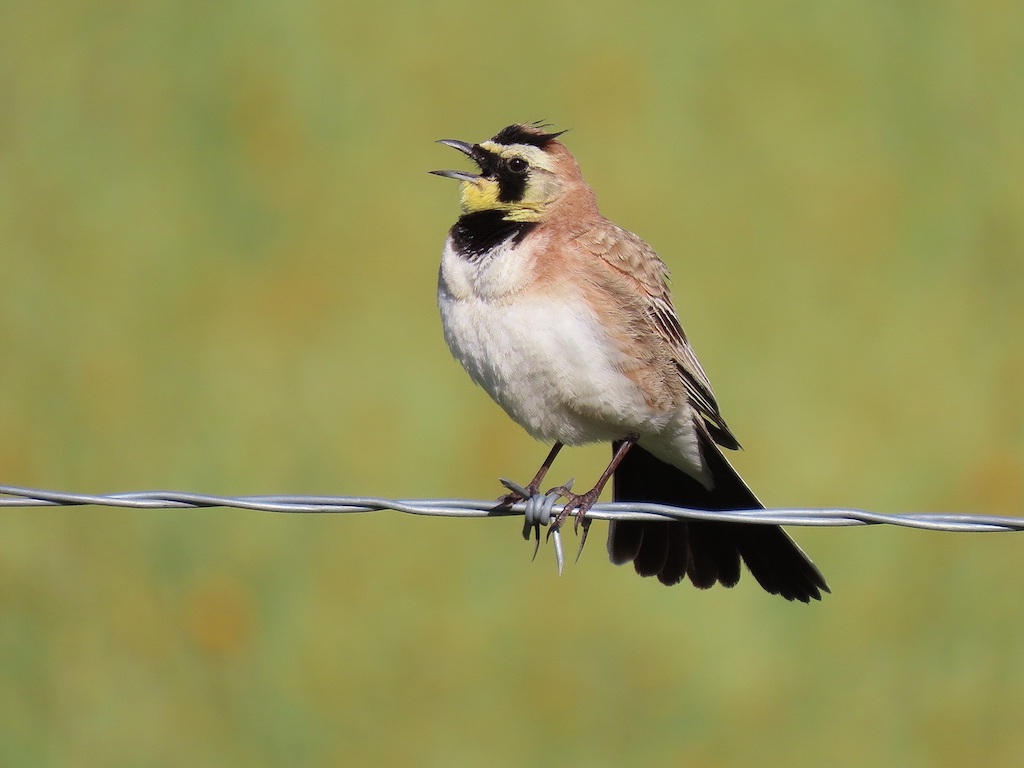

May General Meeting
Tom Hahn
Natural History of Western Finches
Tuesday, 9 May 2023

Speaker Bio
Program Description
Finches are, in many respects, the archetype of what people think of when they hear the word “bird.” Yet concealed in that “typical bird” form lies amazing variation. Among our numerous western finches – goldfinches, siskins, crossbills, grosbeaks, and so forth – we have: birds that are about as likely to breed in January when the snow lies deep on the ground as they are in July, birds that perfectly match the calls of their mates, birds that pack their songs with precise imitations of the sounds of other species, birds that seldom breed in the same place two years running, birds that we can only tell apart reliably by their flight calls, birds that can breed “in the streaked plumage of youth,” birds who can nest far from their food sources because they possess hefty food-transport pouches, and birds whose mandible tips don’t even line up. This presentation will be a tour of the striking natural history, behavior, morphology, and physiology of our western finches, and highlight ways that field ornithologists and bird watchers can add to our growing knowledge about these fascinating birds.
To receive the Zoom link for the meeting, please register here.
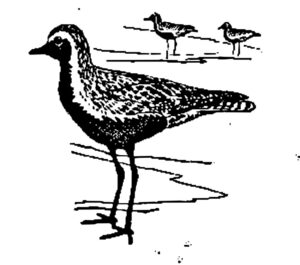
New Venue!
Introduction to Birding Classes at the Sumner Peck Ranch
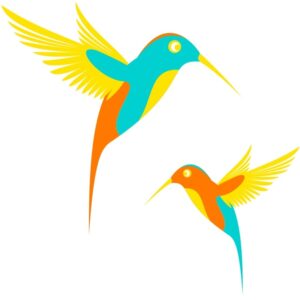
May Field Trips
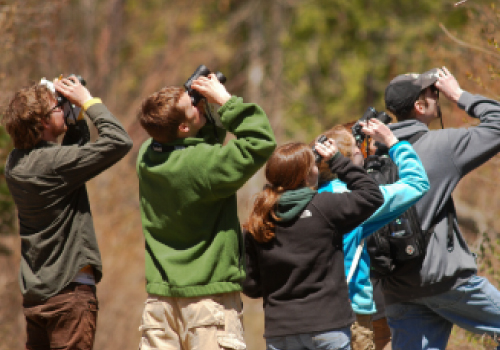
FIELD TRIP GUIDELINES DURING THE COVID-19 PANDEMIC ⏤ Fresno Audubon Society is offering field trips during the now-endemic COVID-19, subject to the following rules. With the continuing risks of exposure and potential illness, everyone must determine their own level of risk aversion. The CDC has recommended that masks should be optional when outdoors. It has been shown that a well-fitting N95 mask protects the wearer for several hours from an infectious dose of virus, so anyone concerned about exposure can choose to wear a mask near others if they feel at risk. Following are our current guidelines for our field trips.
- Participants must pre-register individually using the FAS event registration system.
- Participants must self-screen their own temperature before the outing and must not attend if they are feverish.
- Participants must consent to Fresno Audubon Society’s Liability Waiver by pre-registering.
- Social distancing is encouraged.
- Masks are not required, but participants are encouraged to wear a mask whenever they feel the need.
- Some field trips meet up at a central point before traveling to the field trip location. Participants may form their own car pools at these meetup points.
- Participants must contact their trip leader should they test positive for COVID-19 within three days following the outing so that we can notify others who attended the trip.
Saturday 13 May 2023 ⏤ Roeding Park with Maureen Walsh
Join trip leader Maureen Walsh for birding at Roeding Park. We will start at Lake Washington where we will see Wood ducks among other waterfowl in the lake and see the Cattle egret, Black-crowned night herons, and Double-crested cormorants in the rookery on the island. There are hundreds of birds nesting in the rookery. Then we will walk other areas of the park to see a variety of woodpeckers, raptors, warblers, etc.
We will meet at the parking lot in front of the zoo, across from Lake Washington. There is a $5.00 entry fee to the park and a new automated parking system.
Checklist: binoculars, scope, field guide, snacks, lunch, water, sunscreen, hat, dress in layers
If you wish to bring lunch, there are plenty of picnic tables available for eating and calculating our bird count.
Participants should bring snacks, lunch (if desired), water, hat, sunscreen, and binoculars, and should dress in layers. Registration is required for this event. If you have any questions, please reach out to trip leader Maureen Walsh at mewnew10@yahoo.com or (559) 706-4980.
Wednesday 24 May 2023 ⏤ Elkhorn Slough by Boat (sold out)
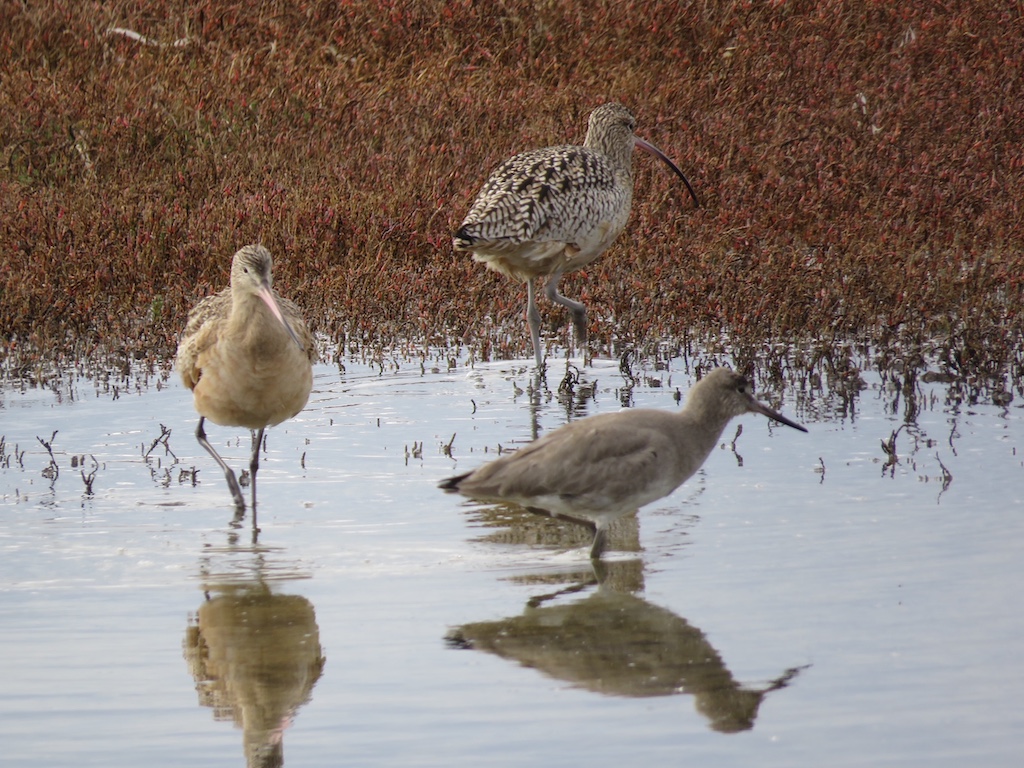
Long-billed Curlew, Marbled Godwit and Willet by Peter Nagayama
This event is currently full.
When: Wednesday, May 24, 2023
Time: 10:00 am – 12 noon on the Boat
12 noon – 1 pm Birding on the Shore
1:00 pm Lunch
Cost: $40 per person (NON-REFUNDABLE)
Join FAS and Monterey Bay Eco Tours on a one-of-a-kind, electric powered catamaran ride for birding and a naturalist led wildlife tour along one of California’s largest tidal waterways, the Elkhorn Slough. Along with the many species of birds that inhabit the slough, we hope to see otters (and pups!) as well as Harbors seals, and other marine mammals. Friends, family, and all ages are welcome, but seating is limited, so please register early.
This is an out of town trip starting at 10:00 am, so you can either stay the night before nearby (Watsonville is the most economical) or leave Fresno to arrive before 10:00. After the catamaran ride we will bird the Moss Landing North Jetty and State Beach eBird Hotspot and then go to an optional lunch at Phil’s Fish Market before returning home.
Where: 10932 Clam Way
Moss Landing, CA 95039
Cost: $40 per person (NON-REFUNDABLE)
(If the event is canceled due to 18 person minimum not being met a refund will be issued)
Contact: Maureen Walsh
mewnew10@yahoo.com
(559) 706-4980
Checklist: binoculars, bird guide, water, layered clothing and sun protection.

Field Trip Schedule
This schedule is subject to change due to cancelations. Check the FAS events calendar for the latest information: https://fresnoaudubon.org/events.

April Field Trip Reports
12 April 2023⏤Sumner Peck Ranch by Susan Heidebrecht
Link to eBird list: https://ebird.org/checklist/S133547977?forceLogin=true
26 April 2023⏤Ruth McKenzie Table Mountain Preserve by Wes Beal

Member Photographs
Pat Cassel
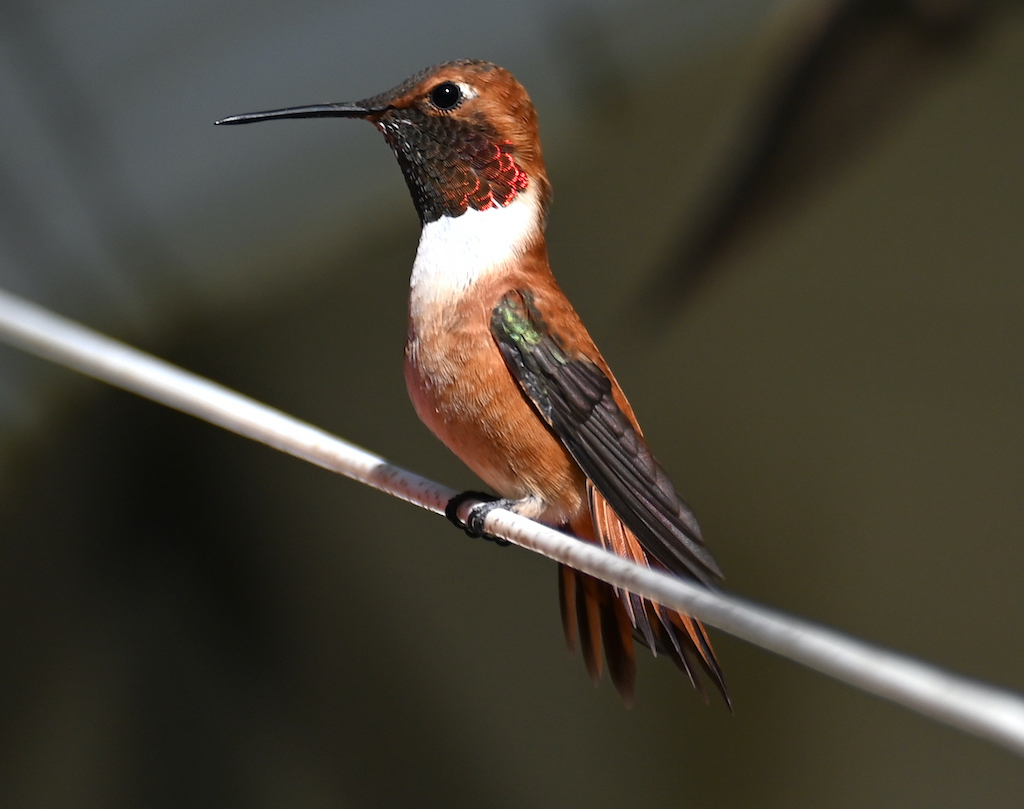
Jim Cornyn

Clayton Dahlen
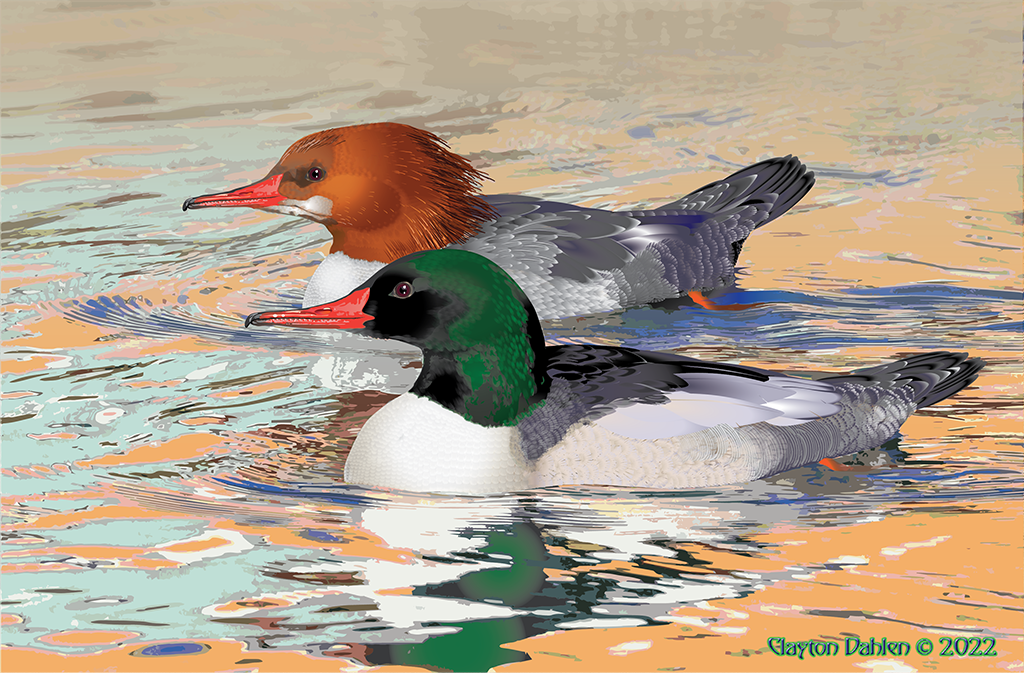
George Folsom
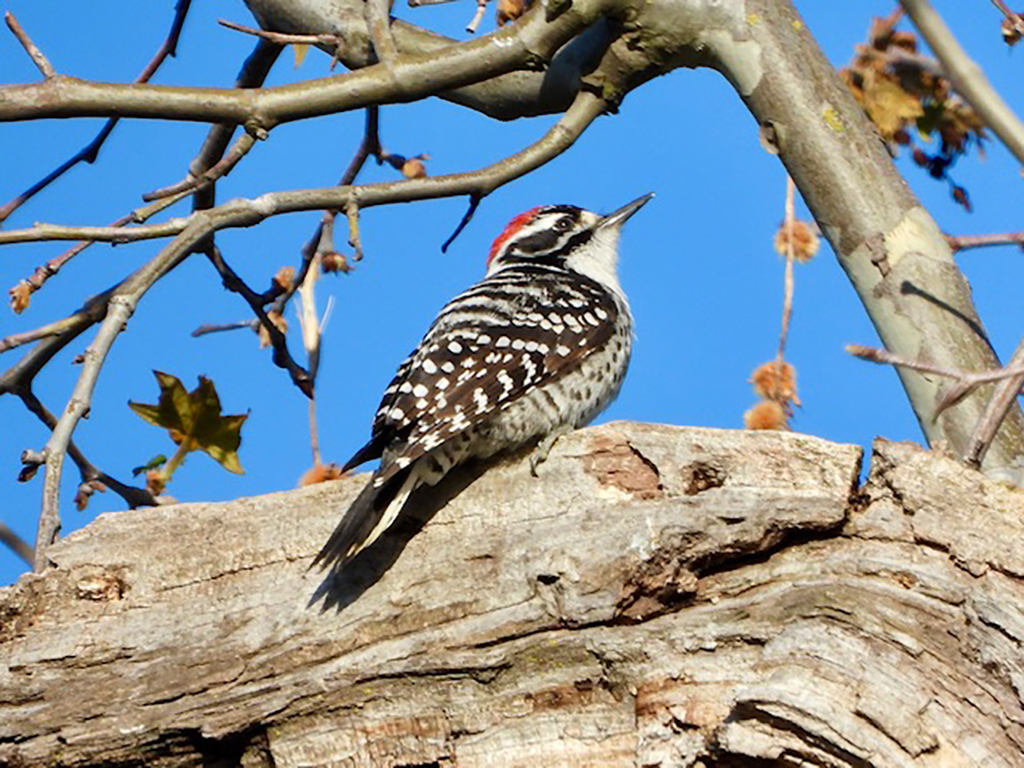
Carmen Mendoza
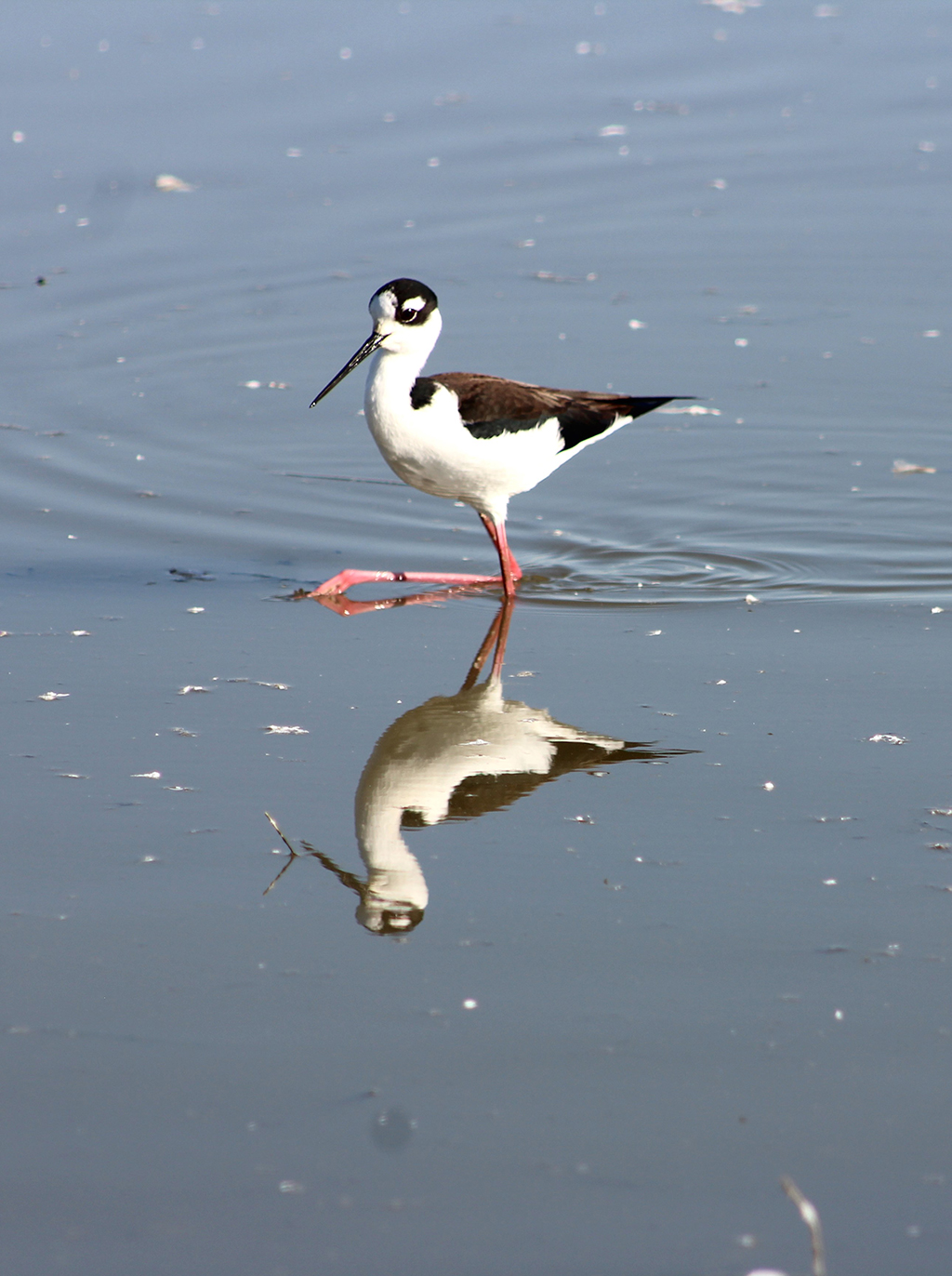
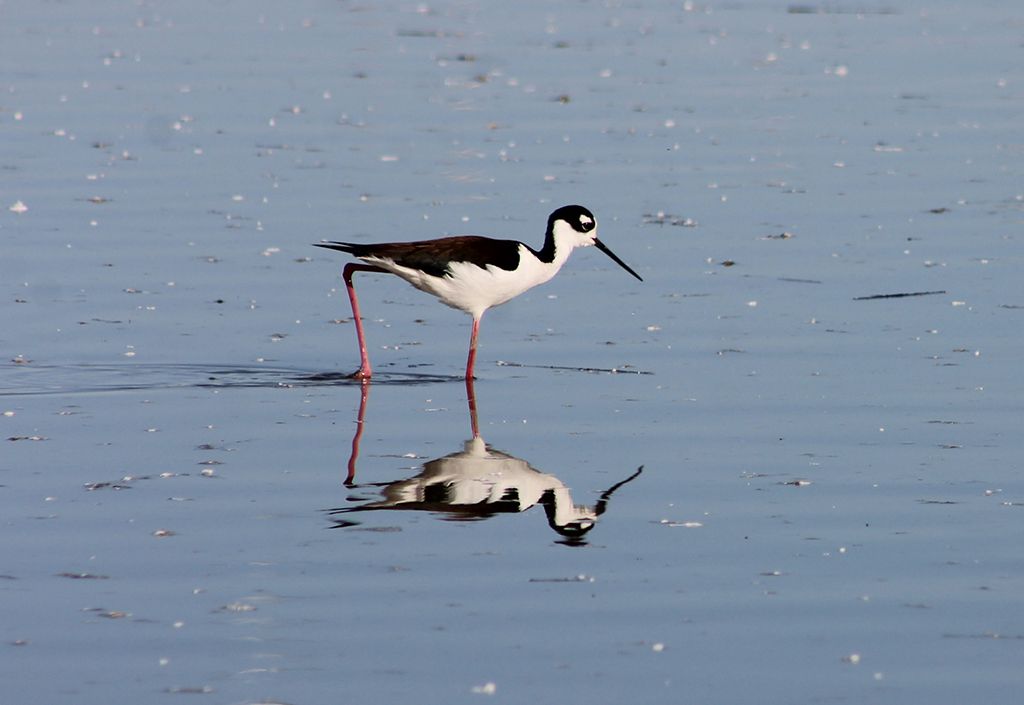
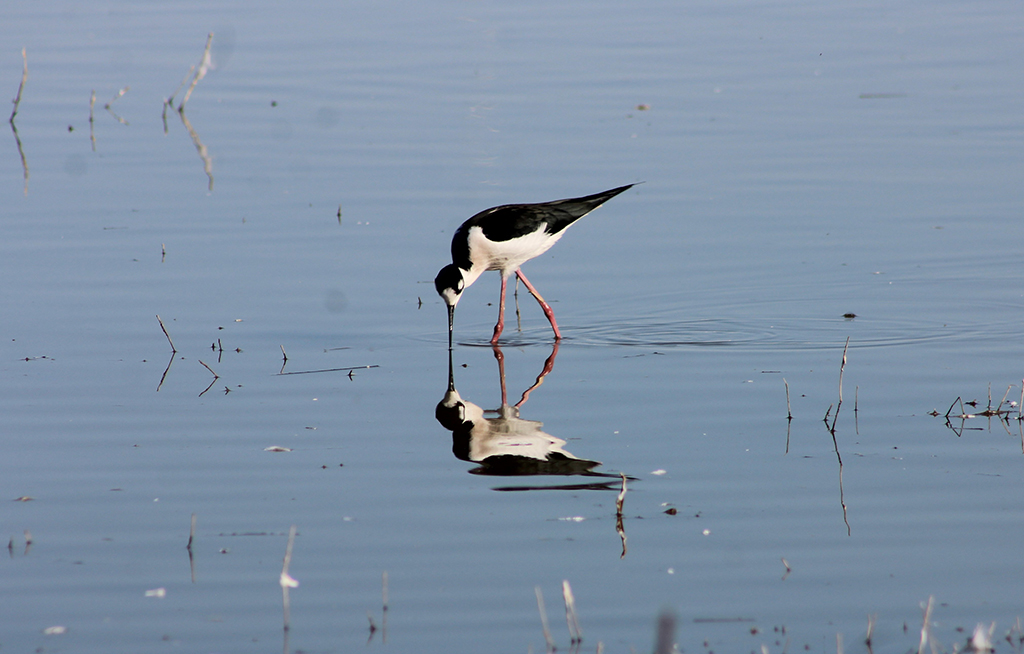
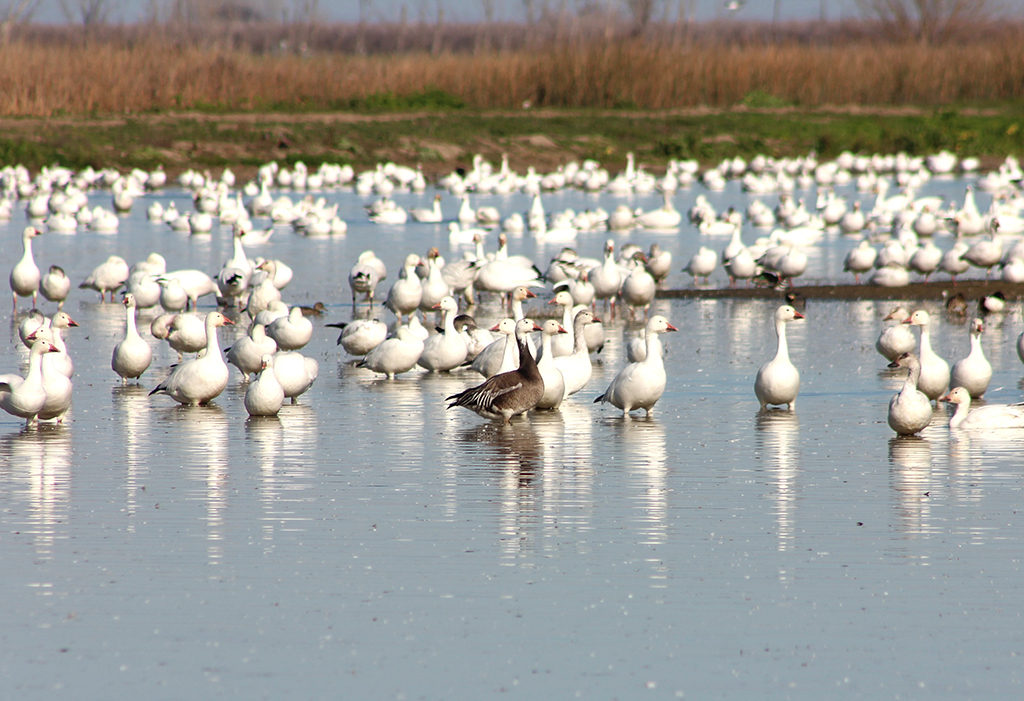
Rick Sexty
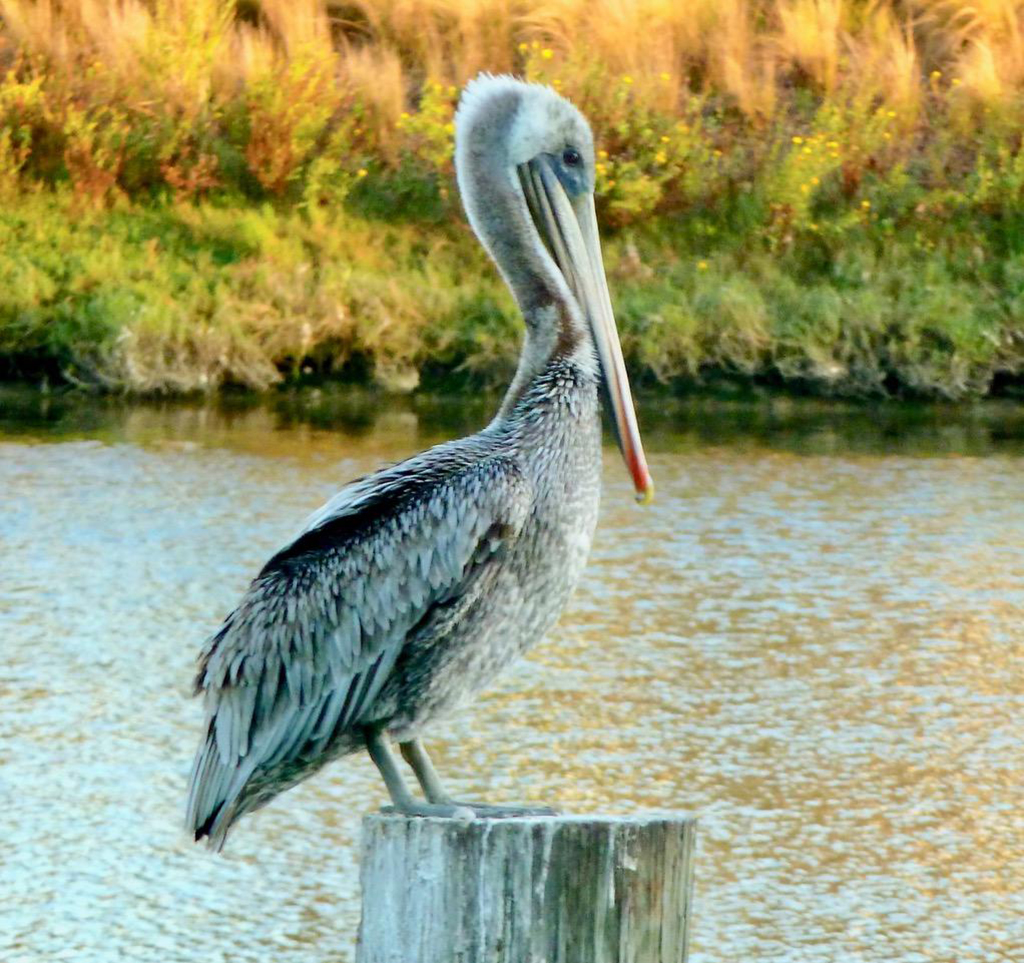
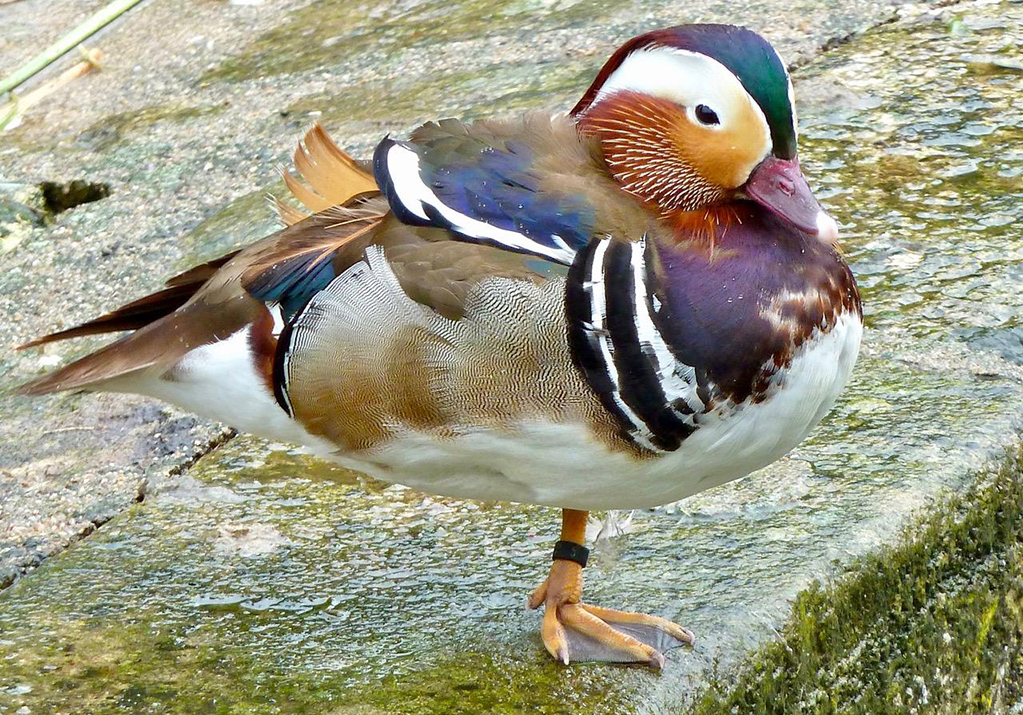


Birds in the News
Links to Recent Articles on Birds
Bird-Brained? Climate Change May Affect Intelligence In Birds

My colleagues and I compared brain sizes of 1,176 bird species, representing approximately 10 per cent of all bird species worldwide. We found species that spend more resources on their young have larger brains as adults.
Study: Black-backed Woodpecker can breed in burned or unburned forests
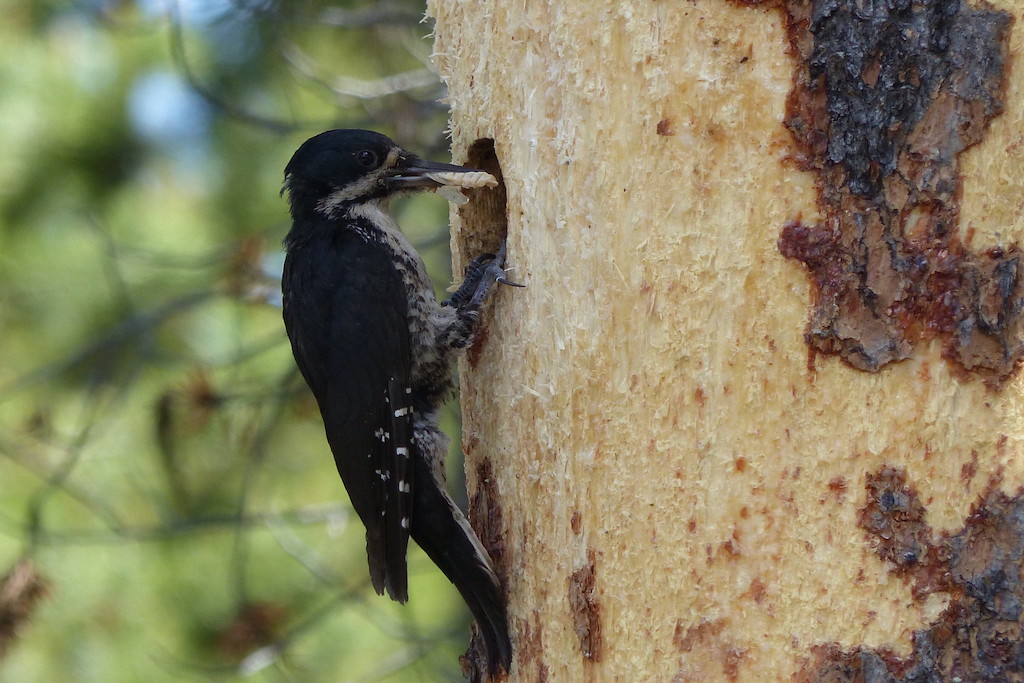
A species of woodpecker once thought to limit itself to recently burned areas can breed successfully in the unburned parts of fire-prone landscapes too, according to a study by Oregon State University scientists. The research sheds new light on the Black-backed Woodpecker and holds key implications for improved conservation and forest management efforts.
Bird migration forecasts get a boost from AI

With chatbots like ChatGPT making a splash, machine learning is playing an increasingly prominent role in our lives. For many of us, it’s been a mixed bag. We rejoice when our Spotify For You playlist finds us a new jam, but groan as we scroll through a slew of targeted ads on our Instagram feeds.
Machine learning is also changing many fields that may seem surprising. One example is my discipline, ornithology, the study of birds. It isn’t just solving some of the biggest challenges associated with studying bird migration; more broadly, machine learning is expanding the ways in which people engage with birds. As spring migration picks up, here’s a look at how machine learning is influencing ways to research birds and, ultimately, to protect them.
California condor deaths rise sharply as major new threat emerges

Eighteen California condors in Arizona are suspected to have died from a highly contagious strain of the bird flu, sparking concern among California caretakers of the endangered birds that are still returning from the brink of extinction.
The surprising science behind long-distance bird migration

A team of scientists led by researchers at the University of Massachusetts Amherst has recently made a surprising discovery, with the help of a wind tunnel and a flock of birds. Songbirds, many of which make twice-yearly, non-stop flights of more than 1,000 miles to get from breeding range to wintering range, fuel themselves by burning lots of fat and a surprising amount of the protein making up lean body mass, including muscle, early in the flight.
10 best National Parks for bird watching in the US
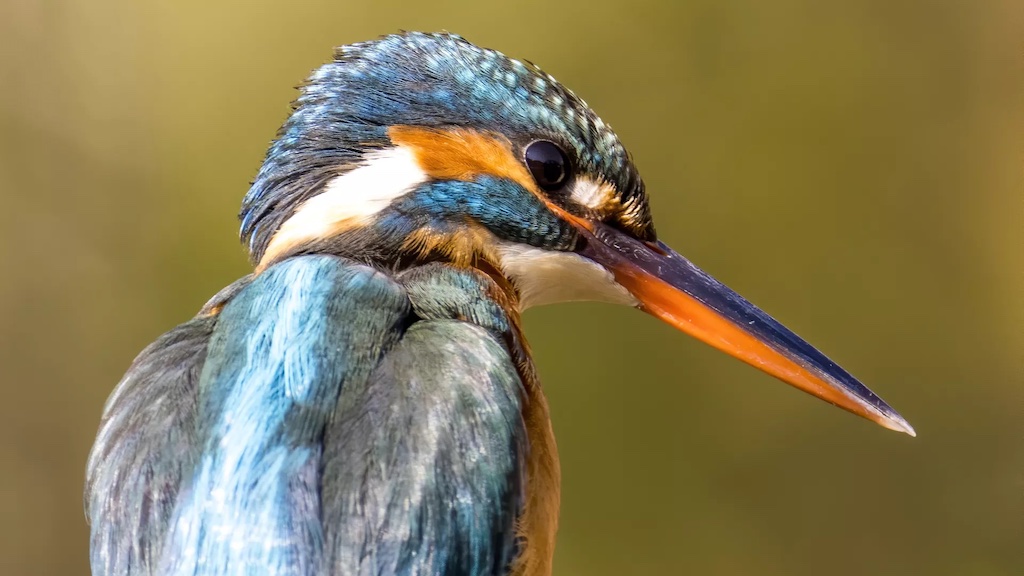
Birds Stop During Migration to Avoid Disease or Infection
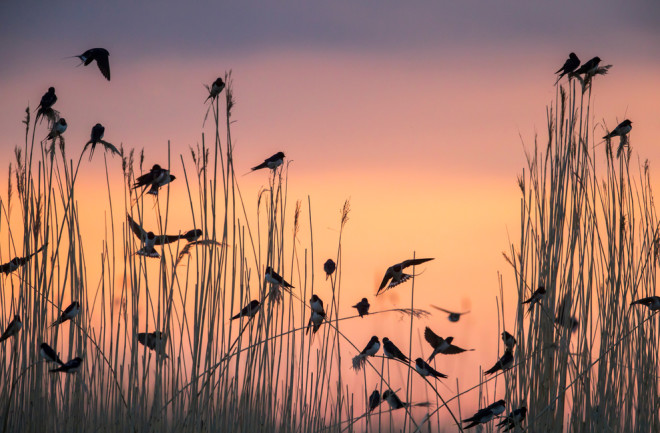
When flying thousands of miles, birds often make pitstops to recharge on food and energy.
New research shows that the birds making these twice-yearly journeys may be doing more than filling their bellies and resting their wings: Their immune systems may need a boost to keep the birds from succumbing to disease or infection.
“These birds basically run 100 marathons — they are super athletes,” says Cas Eikenaar, an ecologist at the Institute of Avian Research in northern Germany. “They make stopovers sometimes to recover, and not just to refuel.”
Early-nesting ducks at increased risk due to changes in climate, land use
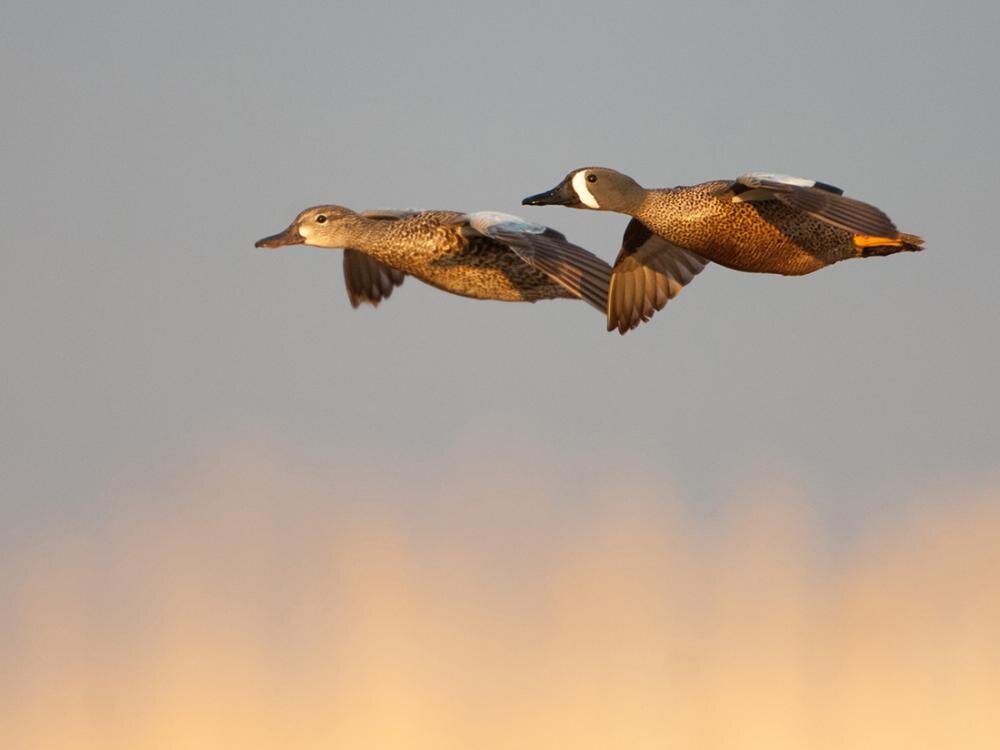
Each year approximately 10 million waterfowl fly north to their breeding grounds in the Prairie Pothole region of North America, but the landscape that greets them has changed. Weather patterns and agricultural practices have significantly transformed the pothole-dotted native grasslands that waterfowl have used for thousands of years.
These changes have resulted in some waterfowl proliferating while others decline. According to a new study by a Penn State-led research team, nesting date is an important factor in determining winners and losers in the Prairie Potholes.
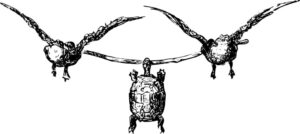
Membership
Fresno Audubon’s (FAS) annual membership year runs from September 1st through August 31. Thank you to all of you who generously support Fresno Audubon by paying annual membership dues. Your support makes it possible for FAS to host outstanding speakers on our Zoom General Meetings, maintain our website, conduct guided field trips, teach introductory birding classes, maintain the bird feeding station at the River Center, conduct multiple bird surveys, and advocate for regional and local bird-related issues. To learn more about our work, download our 2020 Annual Report.
FAS members also have exclusive access to the FAS Birding Resource Guide, an online compilation of Central Valley birding resources, and new members receive a FAS sticker that displays the Fresno Audubon logo and website.
Fresno Audubon Society membership levels are:
$15 Student
$25 Individual
$35 Family
$1000 Golden Eagle (Life)
Fresno Audubon Society
PO Box 3315
Fresno, CA 93650
Thank you for your continuing support of Fresno Audubon Society!


Sorry, the comment form is closed at this time.